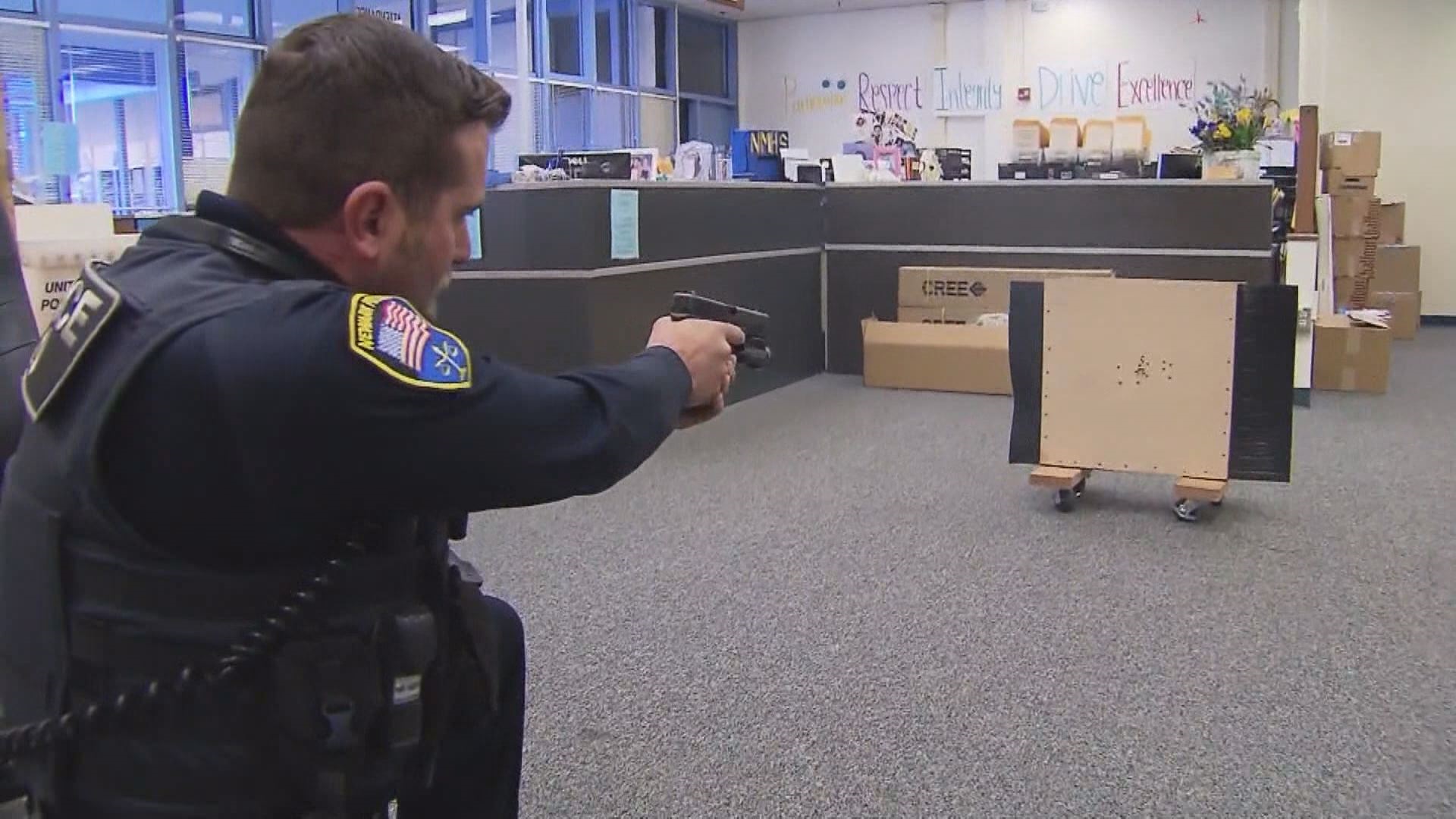Police at the University of Maryland are moving quickly to try and head off an even more violent attack than the one this week at Ohio State.
You may have heard of this new technology. It's called ShotSpotter. And the University of Maryland Police Chief hopes deploying it on campus starting this week will help dramatically reduce response time if a shooter starts attacking students.
University of Maryland Police Chief David Mitchell said even though nearly every student now has a cell phone, it can still take two minutes into an attack before they get the first call to 911. ShotSpotter lets them know within seconds, and gives them the shooter's location within 10 feet, inside or out.
“It happened at Ohio State, and it's like, 'Oh boy, it could happen here. Definitely,’" said student Karinna Hudyma.
ShotSpotter sets up an array of microphones and uses software originally designed to track earthquakes to map gunfire.
“They can kill a lot of people in a very short amount of time,” said staffer Rebecca Johnson. “So I think it's critical to have that kind of protection on campus.”
ShotSpotter says the microphones are not designed to pick up people's conversations. But some civil rights advocates say that's an issue.
“I don't like the idea of them recording more than they're saying,” said freshman Greg Amaral. “If you give them an inch, they'll take a mile.”
In some hard hit communities, gunfire often goes unreported. With ShotSpotter, police know about shots fired -- even if no one calls.
ShotSpotter is now in use in 22 states, including Maryland, as well as D.C.


